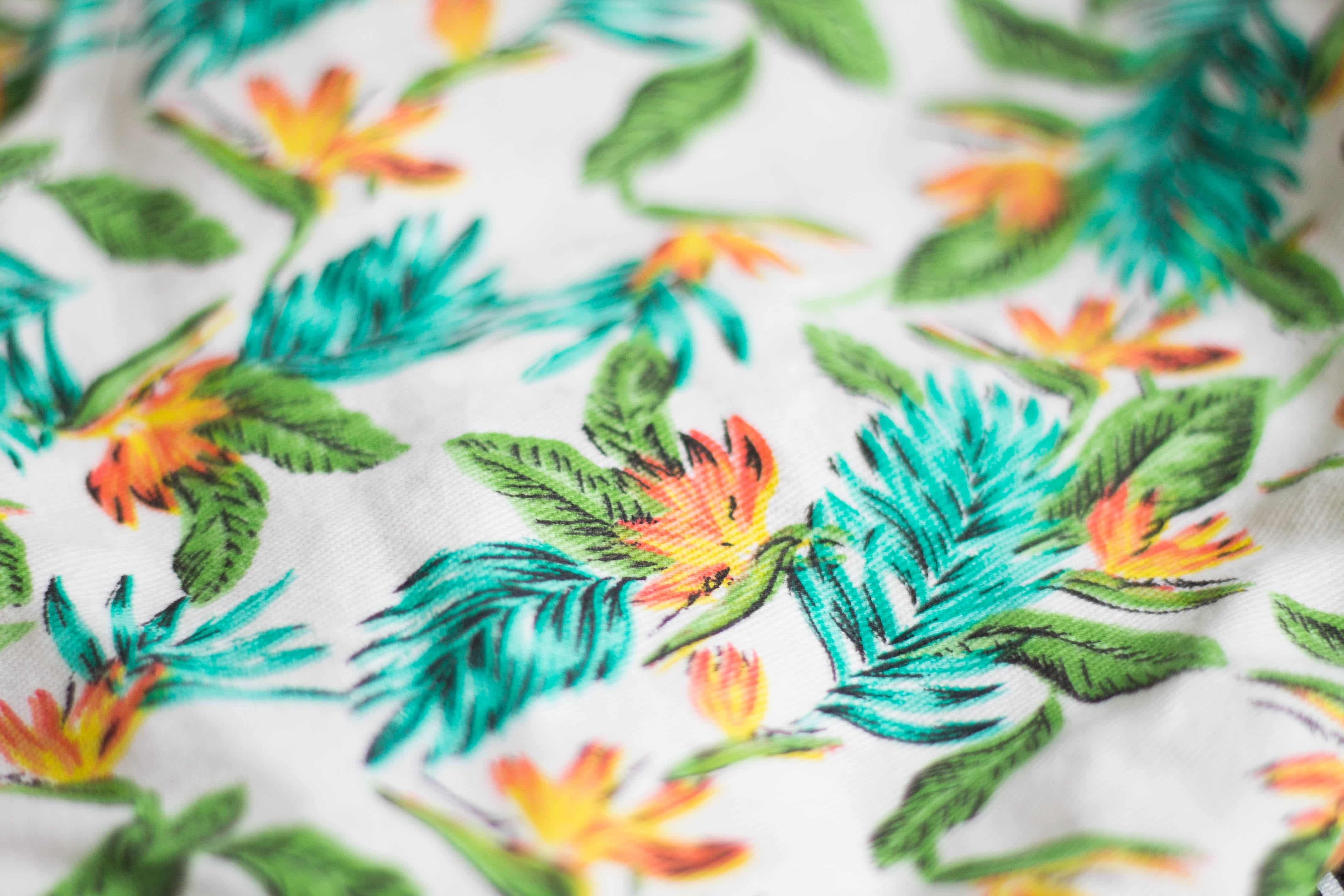Floral patterns and designs seem to be an ever-present part of fashion. It’s no surprise that one of the most beautiful parts of the natural world would be an inspiration to fashionistas across the world and throughout the ages.
With the recent resurgence of flower power, it’s worth a look at why this eternal craze has such staying power.
The Seed Of Floral Design
Flowers have been used in decorations, rituals, and memorials since ancient times. From Egypt to Greece and Rome to China and Japan, the flower has held a powerful symbolic and fashionable position.
Though originally pinned or weaved directly onto outfits, the delicate lifespan of flowers meant a longer term solution had to be devised. Asian cultures were the originators of many of the floral fashion solutions.
Japan’s kimono utilized surface printing techniques to display natural scenes and the sun-like chrysanthemum, among others, on the delicate fabric. Chinese brocades and embroidery highlighted peonies, lotus flowers, and carnations. India’s beautifully dyed, multi-color, floral designed fabrics were the key to their massive textile industry and the bridge to the West.
When Floral Patterns Bloomed
In the Middle Ages, as trade routes were forged between Europe, Asia, and the Middle East, floral prints became more widespread.
Italian traders returned with heavy, woven Ottoman fabrics and began to copy them. Dutch and British traders brought India’s chintz fabrics home and had a much more difficult time reproducing it. There were no easy methods back then; intricate floral patterns had to be made in the painstaking traditional ways. That only added to the value of the floral aesthetic.
The Industrial Revolution is what really changed the floral game. For the first time in history, these complex, exotic designs could be churned out much more efficiently. This made fashion prints and patterns all the more accessible to the masses. Floral popularity was in full bloom.
The Age Of Flower Power
Although floral fashion has never really gone out of style, the Flower Power era of the ‘60s and ‘70s elevated the flower motif to new heights. The flower gained an extra edge of political symbolism and the Hippie movement reintroduced actual flowers in headgear and decoration.
This supercharged symbolism actually pushed floral fashion to a niche position throughout the ‘80s and ‘90s, relegated to a Hippie stereotype. But floral fashion is eternal fashion and that wasn’t about to stop it.
The Return of Floral Fashion
As a nostalgic response to that Flower Power era, Millennial fashion has reintroduced the floral patterns of the ‘60s and ‘70s, but without the political lean. Floral has been gaining in popularity again year after year and it is officially a staple of fashion once again.
The rise of fast fashion, like the Industrial Revolution before it, has created a huge demand for unique patterns and styles. The almost infinite potential of floral designs means they’re a ripe aesthetic to harvest from. There’s floral on everything these days: dresses, shoes, accessories, blazers, leggings, socks, underwear, you name it.
Printing methods, fabrics, and social attitudes have changed a lot since the old days too. Floral leggings are particularly popular these days, but they’re a look that could never have worked in the more conservative eras and the synthetic fabric is a major leap forward.
No matter how floral fashion changes in the future, it is also a return to the past.

